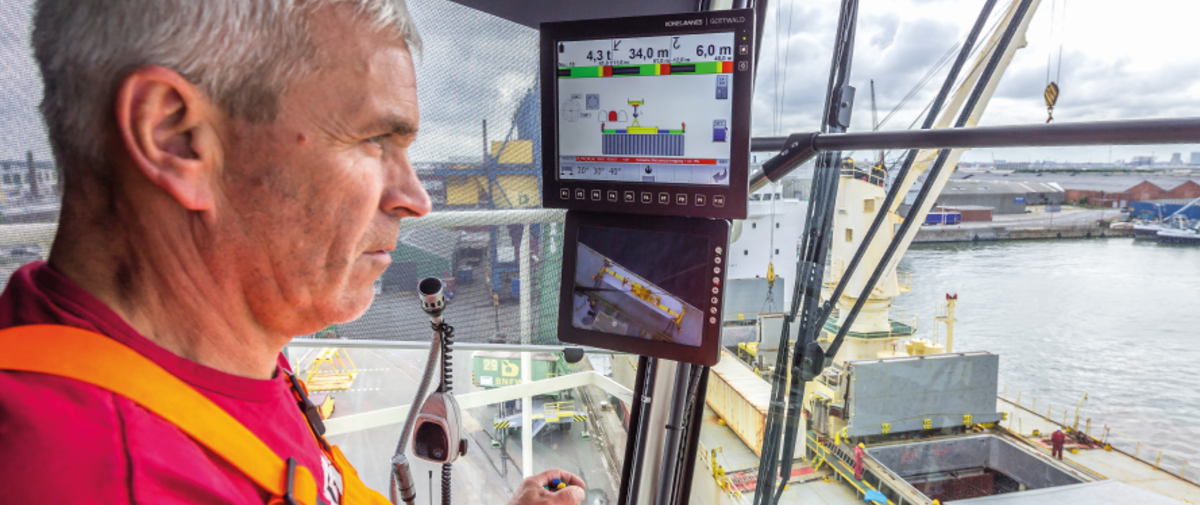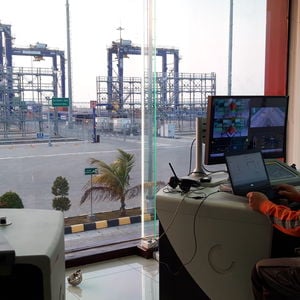Some older MHCs are operating at only 50% capacity: learn how to extend the life of your mobile harbor crane and regain 100% capacity.
The mobile harbor crane (MHC) is a popular quayside workhorse - over 140 Konecranes Gottwald MHC K2000 MHC aged 15 to 20-years-old are still operating in ports around the globe. Of their long lifespan the SPC600 for K2000 cranes product manager, Gerhard Hemmelmann (GH), says, “We expect the machines to have a lifespan of 20 to 25 years, but many of them ‘live’ much longer than that.” Where the steel structure of the crane is sound, and it can still do its job, refurbishment is first prize for many port operators. However, getting the full bundle of parts together for refurbishment projects can be frustrating and time consuming, consequently, some of these cranes now operate at as little as 50% capacity.
“Standardized retrofit” – music to owners’ ears!
Over the last 12 months, Hemmelmann and his team have built and tested a standardized retrofit “brain” for the Konecranes Gottwald MHC K2000. The new control system for these cranes has involved the development of a new CodeSys 3.5 controller that runs on Windows 10, as well as a new user-friendly operator interface (VISUMATIC8).
Great news, Gerhard. Has your new retrofit been used by a customer yet?
GH: Yes, the first of these K2000 controller upgrades is successfully running in Middlesbrough. The customer is delighted, and the crane is working well, its performance and operator functions are uncompromised.
Why should customers consider downing their crane now when they may not need the upgrade yet?
GH: Scheduled downtime means optimum port operations. With this package we can get all of the components ready on customer’s schedule. Why wait for ageing computer components to break down? In this way terminal and maintenance managers can choose an optimum time for the critical equipment to be down for the necessary upgrade.
Let’s talk about the supply chain…
GH: Oh yes. The ongoing impact of Covid-19 on international supply chains has increased lead times between component order and the retrofit. We urge our customers to consider proactive retrofits with this in mind also.
So what are the nominal and then exceptional lead time differences between a proactive and retroactive upgrade?
The nominal timeline for a proactive retrofit, from order, is between three and five months with as little as five days downtime. A crane crash and reactive retrofit can result in downtime of as long as six months.
Hemmelmann stresses the value of pre-empting problems: scheduling an upgrade to the port technology minimizes crane downtime, the impact on port operations and reduces the risks associated with the loss of business.
On the back of the successful upgrade in Middlesbrough, Hemmelmann is expecting to secure two more orders by the beginning of March 2022. Noting that the oldest mobile harbor crane still in operation, that he knows of, was built more than 50 years ago, Hemmelmann concludes,
“Given the potentially long life of these cranes, finding ways of extending that life and improving productivity is ‘a no brainer’.”


